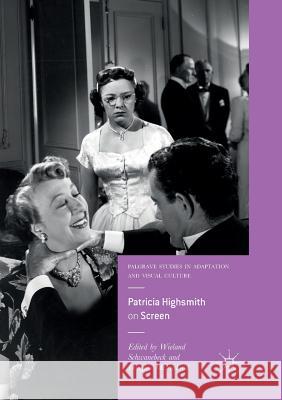Patricia Highsmith on Screen » książka
topmenu
Patricia Highsmith on Screen
ISBN-13: 9783030071400 / Angielski / Miękka / 2019 / 294 str.
Kategorie:
Kategorie BISAC:
Wydawca:
Palgrave MacMillan
Seria wydawnicza:
Język:
Angielski
ISBN-13:
9783030071400
Rok wydania:
2019
Dostępne języki:
Numer serii:
000793602
Ilość stron:
294
Waga:
0.37 kg
Wymiary:
21.01 x 14.81 x 1.65
Oprawa:
Miękka











